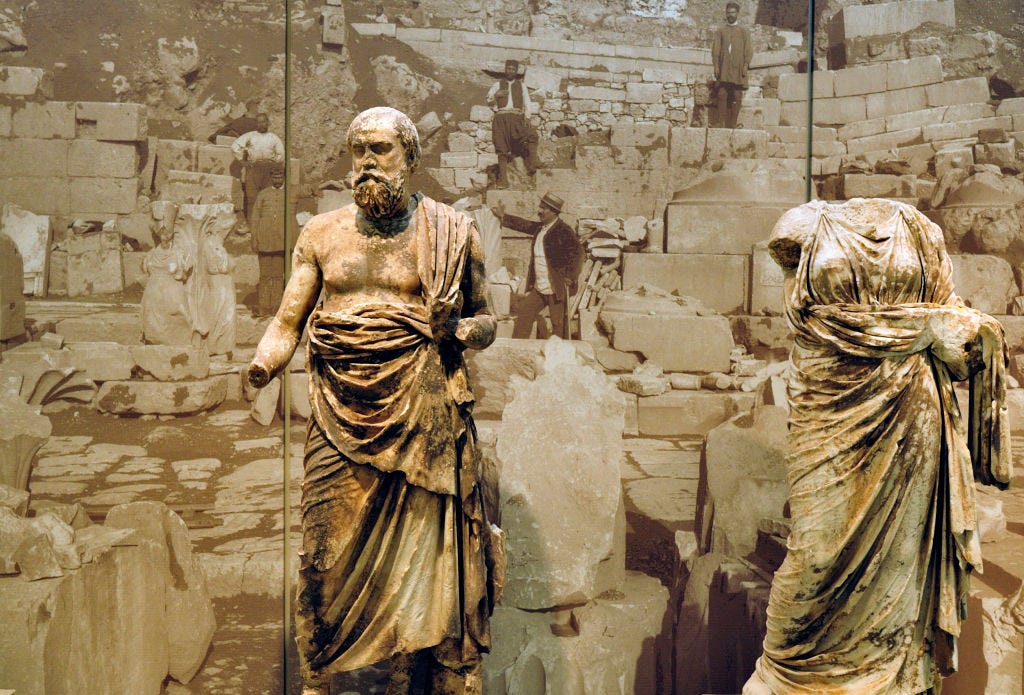
This is a streamlined, video-centric, and mainly positive (!) update. For previous installments, with all the background details I am skipping this time, see those from September 24, September 26, and September 28.
As I type this entry, in the early evening of September 30, it appears that the U.S. has at the last moment avoided the needless chaos of the federal-government shutdown that could otherwise have occurred tonight.
But the prospects for two major pieces of economic legislation—the related-but-different “Bipartisan Infrastructure Deal” and catch-all “2021 Reconciliation Bill”—are still in flux. And just today Janet Yellen, the Treasury Secretary, warned of the dislocation and damage caused by uncertainty about when the federal debt limit will be raised.
(Reminder #1: The limit will ultimately be raised, because the world-wide damage of the U.S. Treasury even temporarily reneging on its debt is too great for any politician to plausibly threaten. This would be different from the damage caused by government shutdowns—which are hugely destructive but have less world-wide impact.)
(Reminder #2: The limit would already have been raised two days ago, and the whole crisis-countdown drama would have been avoided, if Mitch McConnell’s Republican bloc in the Senate had not filibustered a proposal to do so.)
In a previous installment, I quoted The Great Gatsby on the careless damage one party is now willing to inflict. Today, let’s try Plutarch’s rendering, of the poignant line from Bion of Borysthenes:
Boys throw stones at frogs in fun. But the frogs do not die in fun, but in earnest.
The boys in this case being those willing to threaten a debt-limit crisis, and the frogs being all the rest of us.
Now, a modestly positive note. Perhaps it’s because there is so much else for the media to report; perhaps I feel this way only because I’ve been away from the news for much of the past 24 hours; perhaps I’ve been influenced by the notes I’ve received from several political reporters, asking “What do you expect us to do?” Or perhaps the reality actually has changed.
Whatever the reason, I feel as if media framing is edging away from presenting the debt-limit prospect as “Oh, another impasse in Washington.” And toward, “this is an intentional Republican threat.”
In my view, a lot of this depends on whether reporters think about how they are presenting the “showdown.” And the comparison of two video segments illustrates the point.
Thinking about what you’re saying: Jon Stewart, 2011.
Travel back with me in time, to one decade ago. Jon Stewart is not about to launch a new Apple+ program (as he is about to do in 2021) but is already hugely influential from running his Daily Show. John Boehner is leading the Republicans as Speaker of the House. In the White House is Barack Obama. And as a young reporter for the National Journal is a friend and then-colleague of mine, Marc Ambinder.
It’s a different world, but with this similarity: the Republicans in Congress are threatening to refuse to raise the debt limit, so as to get a president to do what they want.
In this different world. a whole decade ago, two people took care to think about how they were presenting the debt-limit issue. I was about to say, “two reporters,” but you’ll see the difference between them—and the similarities.
-One was Marc Ambinder, at the time a reporter for the National Journal. At a White House press conference in December, 2010, he asked Obama whether the Congressional Republicans might use the gimmick-threat of the debt-limit to block other things Obama might want to do.
Obama said, in effect, “Oh, John Boehner would never do that.”
Sigh.
-The other was Jon Stewart, who used the Ambinder-Obama exchange, and its outcome, to illustrate how cynicism works in politics. Please watch it, below. I mean, please.
And you can read about the segment here in Mediaite, or here, in The Atlantic.
My point, again, is that Marc Ambinder thought about presenting the issue as something other than “dysfunction in Washington.” And so did Jon Stewart.
Running on autopilot: ‘Today Show,’ 2021.
When reporters stop to think about what they’re presenting, they can often find a way to frame the realities of what is going on.
“Can” doesn’t mean “will.”
But it means, can.
When not thinking, reporters and their editors often feel most comfortable in the “both sides” mode. One political party says this; the other party says that. It’s up to you, the reader, to decide.
For technical reasons, I can’t embed the video — as I have the Jon Stewart clip, above. But if you click on this link, you’ll see what the autopilot version of describing the debt-limit issue sounds like.
An annotated partial transcript is below. Highlights like this, and commentary [like this], has been added by me.
From the Today show, September 29, 2021
While Democrats and Republicans battle over a pair of fiscal crises [two sides are struggling, rather than “one side” issuing a threat] funding the government beyond Thursday and raising the debt ceiling by next month…
Senate Republicans [are] blocking bills to address the two fiscal threats, saying Democrats are trying to spend too much money,
[The following is a clip from Mitch McConnell, with no comment whatsoever on its fatuousness] ‘Democrats will not get bipartisan help borrowing money so they can immediately blow historic sums on a partisan taxing and spending spree.’
The press can do better. We can all encourage them to think about the view of the world they are presenting.





Jim, you've picked a great horse to ride -- at least for the next 17 days. I trust you're explaining (again and again) to reporter friends what they should do. This is so much like the earlier decisions to call Trump a "liar."